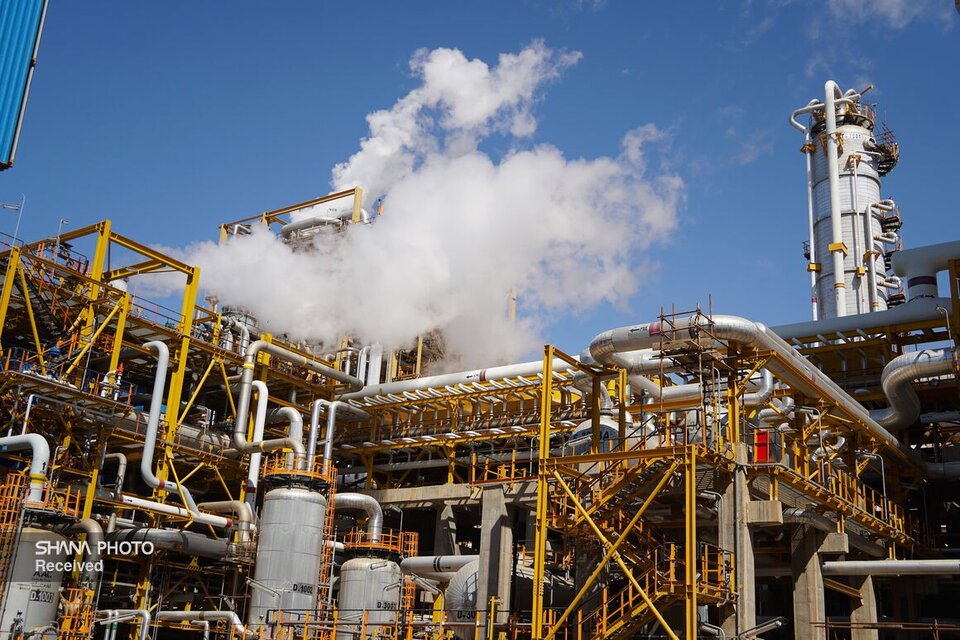The managing director of the National Petrochemical Company (NPC) has dubbed 1404 the golden year of the Seventh Development Plan, citing the commissioning of about 19 projects — 15 production units and four feedstock supply facilities. Together, they are expected to add nearly 10 million tons of new production capacity and introduce products that will be manufactured in Iran for the first time.
As part of the five-year program, NPC is pushing ahead with 66 active projects, worth an estimated $26 billion, with a combined nominal capacity of 35 million tons. About 60% complete on average, 28 of these projects are considered strategic priorities for their role in completing the industry’s value chain. The ultimate goal is to reach 131 million tons of production capacity while expanding both upstream and downstream segments.
Among the projects due to come online this year are: Apadana Methanol in the Persian Gulf, Kimia Petrochemical’s Isfahan and Dalahu polystyrene plants, Arman Sepahan, Arghavan Gostaresh Ilam polypropylene, Karun Haiku, Hengam Urea, Kangan Petrochemical Olefins, Bushehr Petrochemical Olefins and MEG, Kangan HDPE, Marun purified ethylene oxide, Sadaf Asaluyeh (EBSR), Petronad chemical park ethoxylates, and Salman Farsi (PDH).
In addition, utility projects are under development at Negin Makran Petrochemical Development Co. and Damavand Energy Assaluyeh, including power generation of 366 megawatts and 2,083 cubic meters per hour of reverse-osmosis water. The first phase of the Makran Petrochemical Power Plant in Chabahar, with 183 MW capacity, began operating in August. Total investment in these projects is estimated at $3.8 billion.
Four more feedstock supply projects are also slated for launch this year, including Phase 2 of NGL 3200 (Hoveyzeh Gas Refining Co.), the first phase of flare-gas recovery facilities at Bidboland Gas Refining Co., flare-gas collection at Marun, and NGL 3100 (Dehloran Petro-Refining), which came onstream in August.
Beyond plant startups, NPC has pursued broader initiatives since the start of the 14th government, such as groundwork for natural gas efficiency in buildings, preliminary agreements for a 150,000-barrel-per-day refinery to supply liquid feedstock from South Pars, and new strategic planning studies. Work has also resumed on long-delayed projects including Ibn Sina Hamedan, Golestan Petrochemical, Fateh Kimia, Soroush Energy, and Lorcheh Petrochemical.
To secure financing, NPC has designated 26 priority projects under the Seventh Development Plan, submitted five projects to Chinese credit lines, and introduced others to the National Development Fund, central bank–approved lenders, and the foreign exchange and gold exchange for Islamic bond financing.
With these projects, Iran’s petrochemical sector is expected to take a major step forward in meeting the targets of the Seventh Development Plan, strengthening the value chain, and advancing the government’s economic growth goals.
By Younes Sadeqi
Staff writer


Your Comment